To maximize the impact of your content and extend its reach, you need to learn how to develop an effective content distribution strategy. Here are the steps you should include:
- Strategically selecting the right types of distribution channels
- Planning and executing your distribution efforts
- Measuring the impact of those efforts (auditing your channels)
- Leveraging automation tools (for more work in less time)
- Optimizing your content (so it actually gets found)
Doing these 5 things step-by-step will help to simply the process. And you’ll significantly increase your chances of success.
In this article, we’ll explore each of these aspects in detail. And give you actionable tips for how you can develop your own effective content distribution strategy.
AFFILIATE DISCLAIMER: I SOMETIMES LINK TO PRODUCTS AND SERVICES TO HELP COVER THE COSTS OF RUNNING THIS BLOG. THERE’S NO EXTRA COST TO YOU – AND I ONLY RECOMMEND PRODUCTS THAT I’VE BOTH USED PERSONALLY AND THINK ARE QUALITY PRODUCTS THAT HELP WITH EFFICIENCY. PLEASE READ MY AFFILIATE DISCLOSURE FOR MORE INFORMATION. THANKS FOR YOUR SUPPORT!
Table of Contents
- What is a Content Distribution Strategy?
- The Types of Content Distribution Channels
- Planning and Executing Your Content Distribution Strategy
- Measuring the Impact of Your Content Distribution Strategy
- Using Automation to Streamline Your Content Distribution
- Strategies for Reaching New Audiences Through Content Distribution
- Optimizing Your Content for Maximum Distribution
- Bonus: Leveraging the Benefits of a Content Distribution Strategy
Pin it on Pinterest!
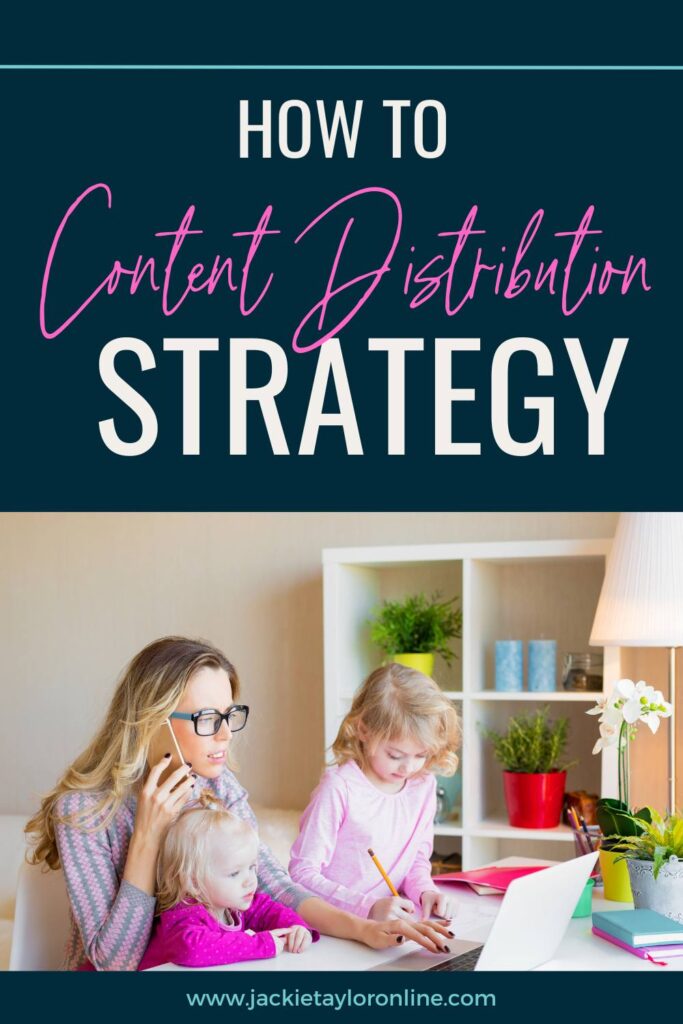
What is a Content Distribution Strategy?
A content distribution strategy isn’t just pushing content out to your ideal buyers and target audience. It’s also how you build strategy into what distribution channels you use. Why you use those channels. And how you strategically create content for each different type of online platform.
It’s giving a purpose to everything you do. Backed by strategy and research. You aren’t just guessing or trying things out. You’re researching, implementing (or taking action), and then analyzing the results of your content distribution channel.
The Types of Content Distribution Channels
When it comes to content distribution, choosing the right types of content distribution channels is crucial. Understanding your audience demographics, preferences, and online behavior is key to identifying the most effective distribution channels for your content. Consider utilizing a mix of owned, earned, and paid channels to maximize your reach.
Owned Distribution Channels
Owned channels, such as your website, blog, and social media profiles, give you direct control over the distribution of your content. By optimizing these channels for search engines and regularly updating them with valuable content, you can attract organic traffic and engage with your audience.
When it comes to your website, you can create a user-friendly interface. Making sure it’s easy for visitors to navigate through your content. And your content needs to flow in a logical manner. So linking from one article to another.
Take them down a predetermined path of content that teaches and keeps them engaged. While also ending at a point where they’re sold an offer. It could be a mini offer like a mini course. Or a low-priced digital product. Or even a freebie to get them started. But you should be taking toward a sale of some kind.
Incorporate relevant keywords and meta tags, so you can improve your website’s visibility on search engine results pages. Create a blog section on your website where you regularly publish informative articles. Then engage with your audience through comments.
When it comes to social media, you’ll leverage platforms like Facebook, Twitter, and Instagram to share your content. Creating engaging posts, using relevant hashtags, and interacting with your audience, increases your online visibility. Which in turn drives more traffic to your website.
Related Article: What is a Content Distribution Strategy
Earned Distribution Channels
Earned channels, on the other hand, rely on third-party platforms and influencers to distribute your content. Building relationships with industry influencers. Guest posting on relevant blogs. Or securing media coverage can all help you tap into new audiences. And helps to gain credibility in your niche.
Identify key influencers in your industry and reach out to them for collaborations. By partnering with influencers who have a large and engaged following, you can expose your content to a wider audience. And you benefit from their credibility and expertise.
Or contribute guest posts to reputable blogs in your niche. It helps you share your knowledge and expertise while also reaching a new audience.
Securing media coverage can significantly boost your content distribution efforts. Reaching out to journalists and media outlets, you can pitch your content as a valuable resource or story idea.
If your content aligns with their interests and provides value to their audience, they’ll feature it. Which gives you exposure to a larger audience. And helps provide backlinks to your website from a reputable source. Which is huge for search engine optimization.
Related Article: Ultimate SEO Guide
Paid Distribution Channels
Paid channels, like social media advertising and sponsored content, offer a targeted approach to content distribution.
Social media advertising helps you to create highly targeted campaigns. Using factors such as age, location, interests, and behavior.
Defining your target audience and crafting very specific advertising messages helps your content reaches the right people. And not just the right people, but you’re getting in front of them when they need you. Right time, right place.
Sponsored content provides an opportunity to collaborate with relevant websites. Or even influencers to promote your content to their audience. This works for companies because it happens in a more organic way. Meaning, influencers can show off your product or service without it feeling salesy. It feels more like a review from a friend.
Choosing the right distribution channels for your content is essential for maximizing its reach and engagement. You can utilize a mix of owned, earned, and paid channels.
Or you can pick what works best for your business. There is no right or wrong answer here. As long as you analyze the effectiveness. Meaning you’re achieving your marketing goals, then you’re on the right track.
Related Article: Content Creation Ideas: 10 Content Marketing Tips
Planning and Executing Your Content Distribution Strategy
Once you have identified the right distribution channels, the next step is to create a comprehensive plan. A plan to execute your content distribution strategy.
Start by defining your goals and objectives.
- What do you hope to achieve through your content distribution efforts?
- Is it brand awareness, lead generation, or increased website traffic?
- Clear goals will help you measure the success of your strategy.
Brand Awareness
Brand awareness is a crucial aspect of any content distribution strategy. When you increase your brand’s visibility, you automatically attract a wider audience. It helps establish you as an industry leader.
This can be achieved through various channels such as social media platforms, guest blogging, and influencer collaborations.
But strategically placing your content in front of the right audience, helps you can create a lasting impression. Not to mention generating more interest in your brand. And more sales.
So brand awareness is more broad. It’s just getting your brand recognized.
Then you’ll create other content to help narrow down your audience to those ideal buyers. The ones that actually help you pay the rent so to speak.
Related Article: 5 Small Business Branding Tips: Essential for Mom Entrepreneurs
Lead Generation
Lead generation is another important goal to have for your business.
Creating and sharing content that addresses the pain points of your target audience not only captures their attention. It converts them into potential leads.
This can be done through gated content, where users are required to provide their contact information in exchange for access to valuable resources. Also known as a freebie or lead magnet.
By nurturing these leads through email, you’re engaging with them. And basically guiding them through the sales funnel. So you’re providing content that starts broad. But becomes more targeted. Which then leads to a sale. Which is exactly what a sales funnel is, in simple terms.
Increased website traffic is often a key objective for businesses looking to expand their online presence. Anytime you distribute your content across online channels, your main goal should always be to drive traffic to your website.
In fact, gaining traffic to your website and growing your email list should always be top priority. Those are your channels for audience traffic that you have the most control over.
Not like social media channels, which aren’t owned by you. You’re renting space on that platform. So you’re subject to algorithm changes. And possible hackers. To avoid this, check out Website Vs. Social Media.
This can be achieved through search engine optimization (SEO), where your content is optimized to rank higher in search engine results.
Or by sharing your content on social media platforms. And always using clear calls to actions to drive traffic to your website.
Related Article: The Ultimate SEO Guide
Develop a Content Calendar
Next, develop a content calendar to map out your distribution activities over a specific time frame.
This simply helps with consistency and staying organized.
Creating a content calendar also allows you to plan your content distribution strategy in advance. You can make sure you’re aligning your content with important events or seasonal trends. And cover the interests and needs of your target audience.
But remember, a content calendar isn’t a content strategy or a distribution strategy. It’s a result of creating your strategy. It’s laying it all out, so you can see where everything falls on a calendar.
For example, if you are a fashion brand, you would create content around upcoming fashion weeks or seasonal trends. With your main goal to capture the attention of fashion enthusiasts. It helps you stay ahead of the curve by delivering timely and relevant content. That means you’re able to maximize engagement and drive traffic to your website at the right time. And with the right audience.
Related Article: Why a Content Calendar is Not Enough
Executing Your Content Distribution Strategy
When executing your strategy, remember to tailor your content for each distribution channel. What works well on one platform may not necessarily resonate with another. Adapt your messaging, format, and presentation to align with the unique characteristics of each channel, while maintaining a consistent brand voice.
Each distribution channel has its own set of characteristics and user expectations. Each one is like it’s own little community. Almost like a high school clique. Just like in the movie Mean girls, you want to know what day to wear pink. So try each platform out first. When you’re a consumer first, you get to know the little nuances of each platform. You find out if you like it. If you understand it. And how you can best leverage that community.
When you understand the preferences and behaviors of your target audience on each platform, you create better content. It’s that simple.
Related Article: The Mompreneur’s Guide to Killer Content: Driving Traffic, Boosting Sales
Keep a Consistent Brand Voice
It’s super important to maintain a consistent brand voice across all distribution channels. This helps create brand recognition and build trust with your audience.
Whether you are sharing a blog post, a video, or an infographic, keep the same tone of voice. The same style or writing or talking. And make sure your message aligns with your brand’s values and personality.
Consistency in your content will help reinforce your brand identity and create a cohesive experience for your audience. Because consistency isn’t just about how many times a week or day that you post. It also means consistency in your topic and how you present that information.
Related Article: How to Create a Content Style Guide: Simple 3-Step Guide
Measuring the Impact of Your Content Distribution Strategy
Measuring the impact of your content distribution strategy is the absolute most important thing. it means you’re understanding the effectiveness of your actions. Or your content. And you’re making decisions for future improvements based on what your audience is telling you with their actions.
Utilize analytics tools, such as Google Analytics or social media insights. Look at key performance indicators (KPIs) such as website traffic, engagement, conversions, and ROI (return on investment).
Regularly monitor and analyze these metrics to identify trends, patterns, and areas that need improvement.
For example, if you notice that a particular distribution channel consistently drives high-quality traffic, consider allocating more resources to that channel or exploring similar channels to maximize your reach.
Gather feedback from your audience through surveys, comments, or social media interactions. This type of data can provide valuable insights into the impact of your content. And it helps you plan your content distribution strategy going forward.
Related Article: Digital Content Strategy: Why is it important?
Using Automation to Streamline Your Content Distribution
As your content distribution efforts scale, manual distribution can become overwhelming and time-consuming. Especially, if you’re a one woman or one man show.
That’s where automation tools come in handy. These tools can help you streamline your distribution process, save time, and be more consistent across channels.
Consider using social media scheduling tools, email marketing automation platforms, and AI writing or video tools to automate repetitive tasks. Reach your audience at the right time and on the right platforms.
Some of my favorite automation tools include:
- ManyChat – for sending links to followers, encouraging engagement and clicks
- Copy.ai – AI writing tool to help you quickly create headlines, hashtags, blog outlines, and even emails
- Repurpose.io – helping you turn your current content into content ready for other platforms
- Tailwind – for creating a link in bio page (for free), scheduling to Pinterest, Instagram, and Facebook, and creating pin designs. They also updated their platform to include a scheduling tool for Pinterest that shows your content calendar all in one screen. To say it’s amazing is an understatement.
- ConvertKit – For automating your emails, welcome email sequence, sales emails, and categorizing subscribers by interest. So you can email only those most likely to buy for flash sales or seasonal sales.
However, be cautious not to rely solely on automation. Genuine human interaction and personalized engagement are still essential for building meaningful connections with your audience.
Related Article: The Benefits of Using a Content Repurposing Tool
Share it on Pinterest!
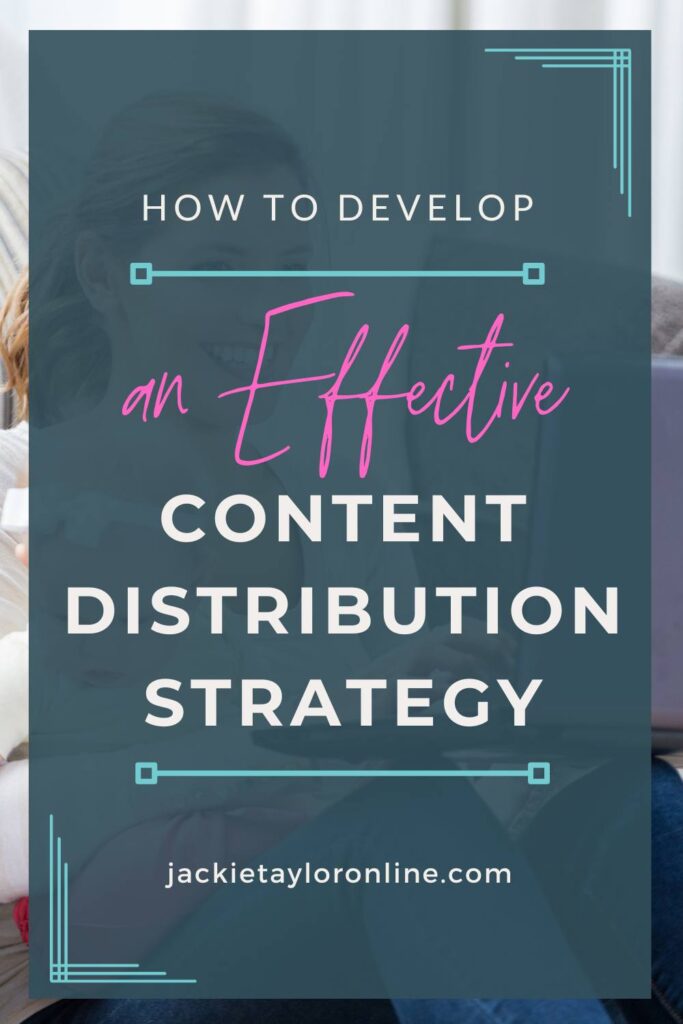
Strategies for Reaching New Audiences Through Content Distribution
Expanding your reach and reaching new audiences is a key goal for any content distribution strategy.
To recap:
- Consider collaborating with influencers and thought leaders in your industry. Leveraging their existing audience and credibility, taps into new demographics. And gains exposure to a wider group of potential customers.
- Explore new distribution channels and platforms that align with your audience profile. For example, if your target audience spends a significant amount of time on video-sharing platforms, consider creating video content.
- Experiment and diversifying your distribution channels, so you can reach untapped audiences and stay ahead of your competition. But as a solo mompreneur, it’s okay to have one to three channels and stop. Just get really, really good at those channels.
- But you also don’t have to have an omnichannel presence online. Meaning you don’t have to be on every social platform and spread yourself so thin, you hate creating content. It’s better to do one platform really well, than to be everywhere.
- If you decide to branch out. Make it an online channel that makes sense for you. One you can repurpose content for with ease. And as quickly as possible. Preferably without adding too much more work to your already full workload.
Optimizing Your Content for Maximum Distribution
While developing an effective content distribution strategy is important, it is equally crucial to optimize your content for maximum distribution potential.
Here are a few tips to help you optimize your content:
- Create valuable, relevant, and shareable content that resonates with your target audience.
- Optimize your content for search engines by incorporating relevant keywords, meta tags, and descriptive headings.
- Make your content visually appealing by using images, videos, infographics, and other multimedia elements.
- Encourage social sharing by adding social sharing buttons and CTAs to your content.
- Ensure your website and content are mobile-friendly, as a significant portion of internet users access content through mobile devices.
Related Article: The Buyers Journey: How to Create Content That Guides Your Audience to Purchase
Bonus: Leveraging the Benefits of a Content Distribution Strategy
An effective content distribution strategy can have numerous benefits for your business.
It can help you:
- Reach a wider audience and increase brand awareness.
- Generate more traffic to your website or blog.
- Drive higher engagement and interaction with your audience.
- Generate leads and increase conversions.
- Establish thought leadership and build credibility in your industry.
- Stay competitive in the ever-evolving digital landscape.
Consistently refining and optimizing your content distribution strategy, you get these benefits and position your business for long-term success.
Remember, developing an effective content distribution strategy requires continuous monitoring. You have to analyze, and pivot to stay ahead of the curve.
Are you ready to take your content distribution efforts to the next level? Implement these strategies and start reaping the rewards of an effective content distribution strategy today.
Let me know your favorite content distribution strategy tips in the comments.

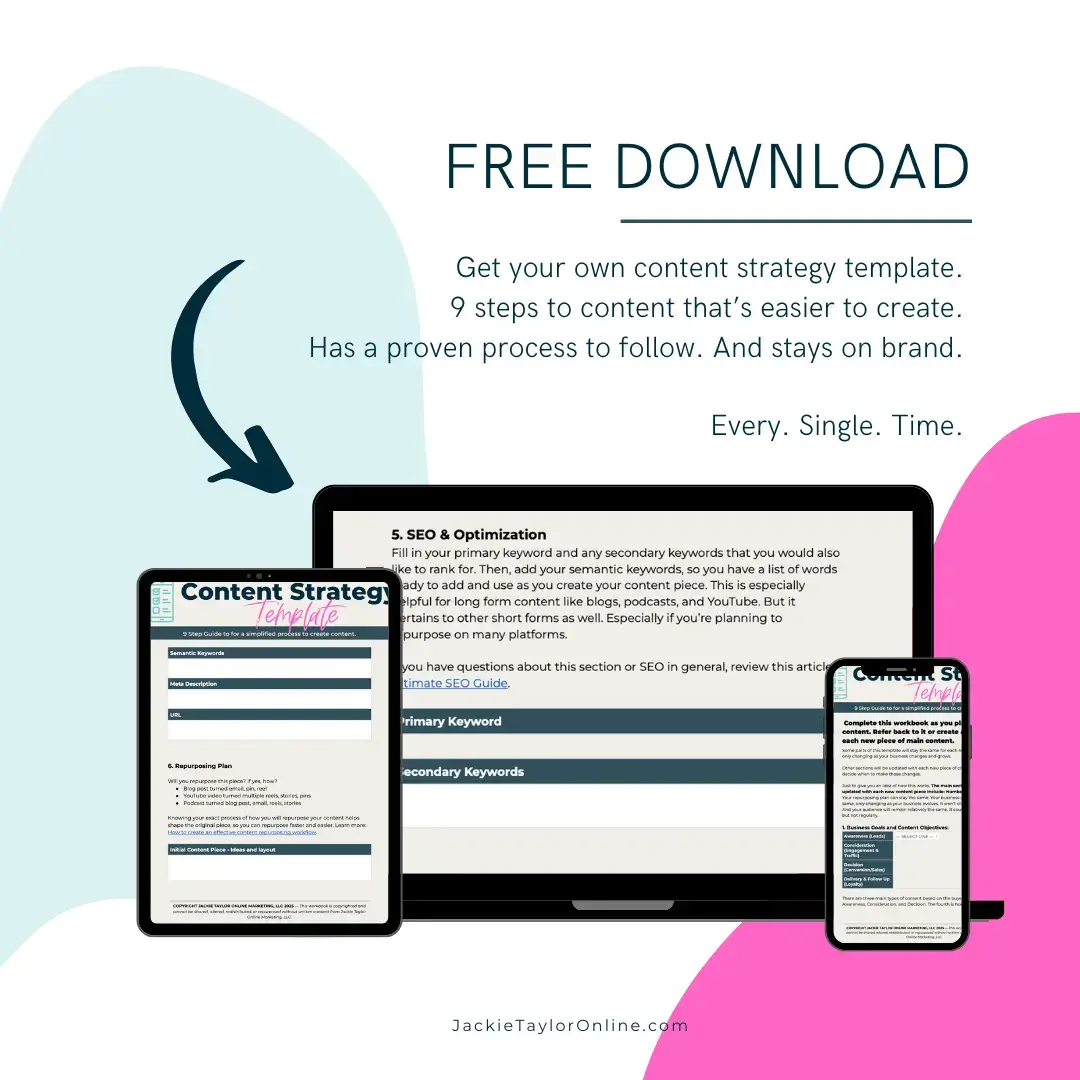
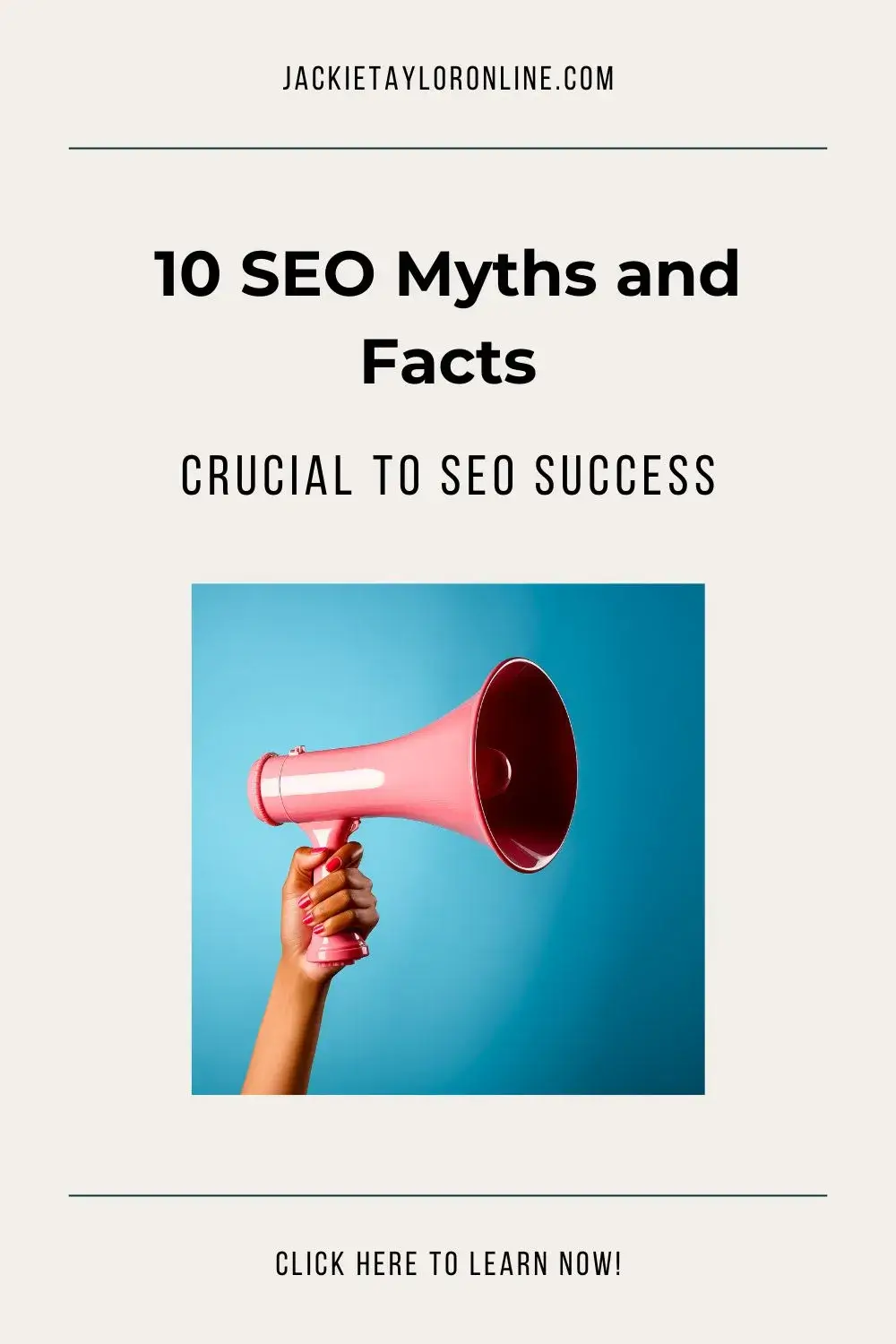
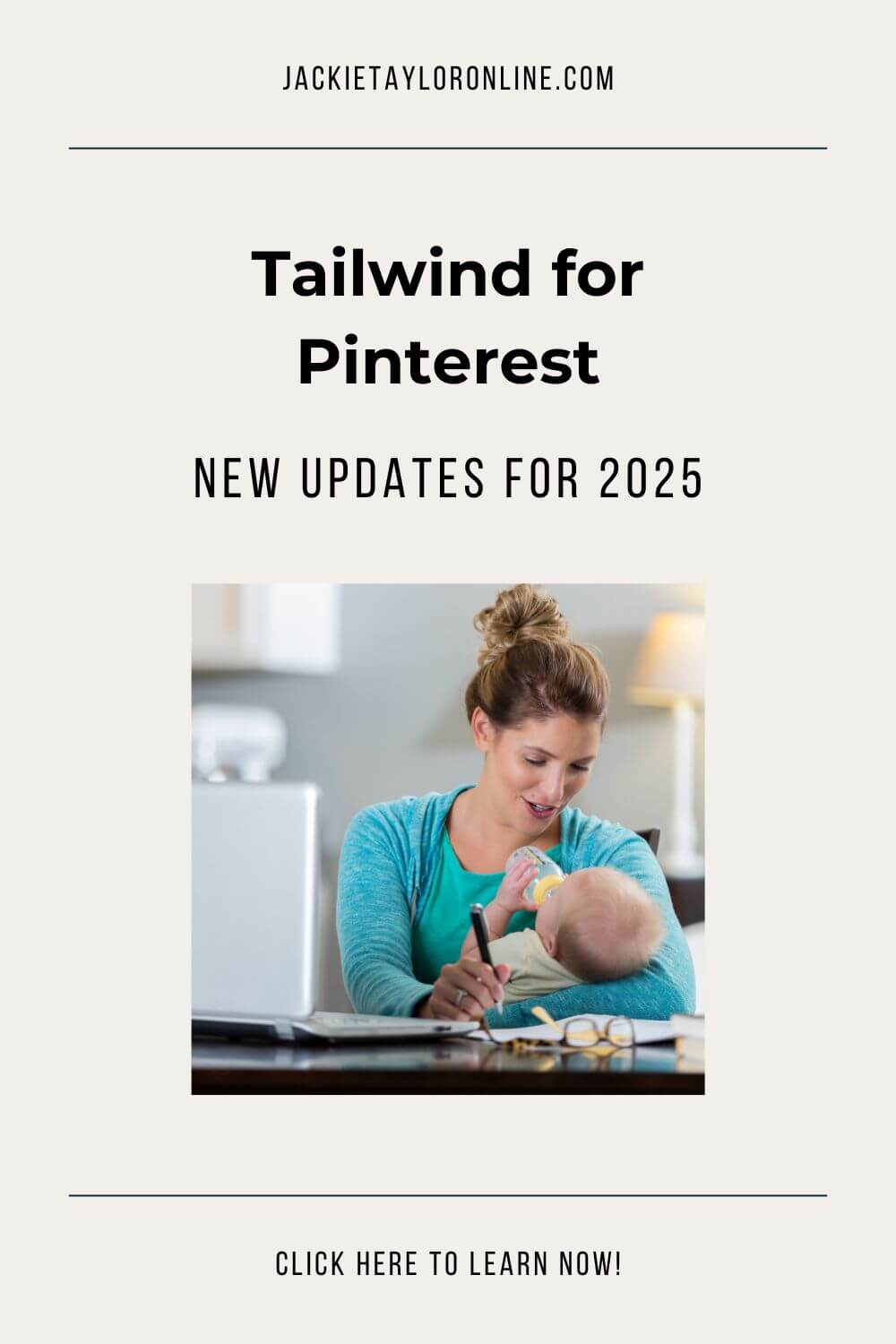
+ show Comments
- Hide Comments
add a comment